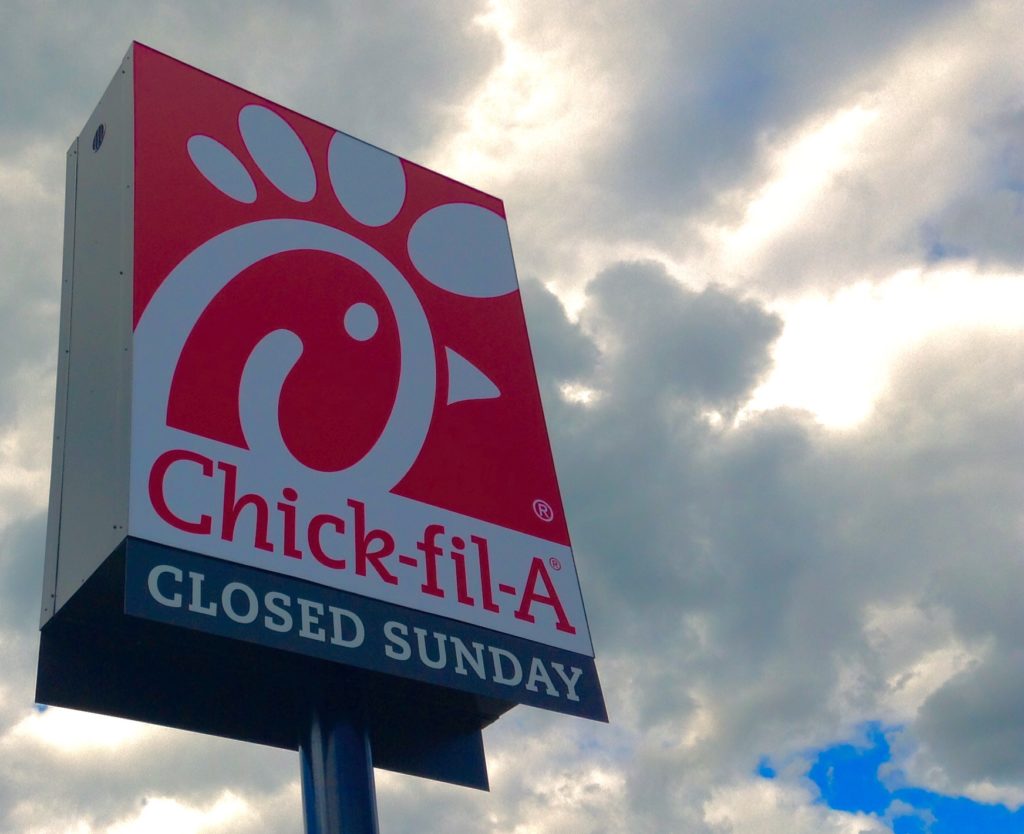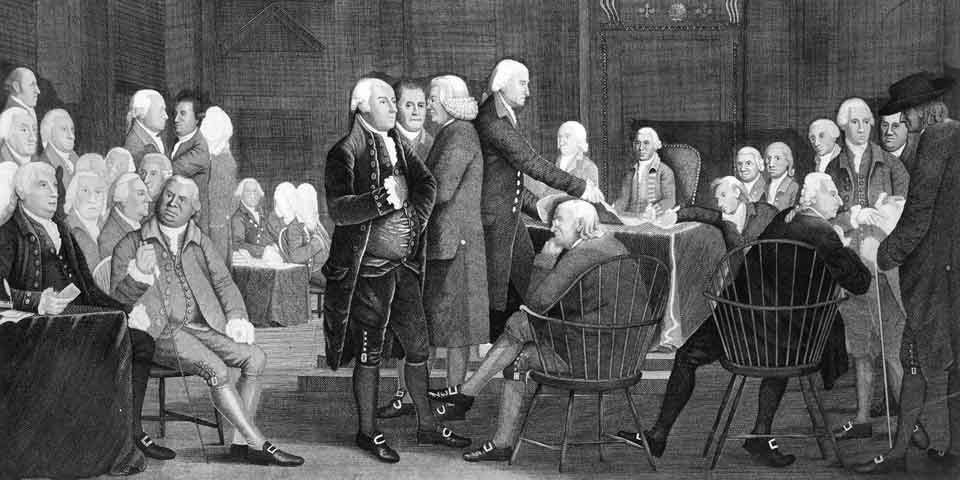“At the opening of the 2002 season, the richest [baseball] team, the New York Yankees, had a payroll of $126 million while the two poorest teams, the Oakland A’s and the Tampa Bay Devil Rays, had payrolls of less than a third of that, about $40 million.”
For the Oakland A’s the exact number was $41,942,665. Oakland won 103 games that regular season, while the Texas Rangers had only won 72 and spent $106,915,180. This phenomena was somewhat common actually. Many of the richest teams in Major League Baseball were not delivering results while the Oakland A’s were… consistently.
Let’s look at this another way. Teams have to spend a minimum of $7 million on payroll and a team that’s spending the minimum payroll is expected to win about 49 games during the 162 game season. So, on a dollar-per(-marginal)-win basis the A’s were spending about $650,000 per win while Texas was spending about $4.3 million for each win. What explains this nearly 7x delta in ROI?
The two word answer is simple: Bad Tactics.
Traditional Tactics
Baseball is a sport steeped in tradition and the decade preceding the 2002 season saw teams payrolls rise by tens of millions of dollars per team, up to a 400% increase. These new costs meant that more people were paying attention to how effectively this money was being spent.
In 2002, the vast majority of MLB scouts were still judging players by whether they had a “good face” and by the 5 Tools – running, throwing, fielding, hitting, and hitting power. These subjective metrics were used in place of the enormous data sets that baseball had been collecting since the invention of the box score in 1845.
The data was clear. In 2002, RBIs (runs batted in), stealing bases, bunts, batting average, slugging, foot speed, high school players (vs college), and old (vs new/fresh) pitching arms were all tremendously over-valued in players – and it showed in their salaries.
The following were underpriced: High pitches per at-bat – which wore down pitchers – walks, and any other activity that got a hitter on base instead of out. So despite the availability of the data, the statistics to make sense of it, and the computing power to crunch the numbers, looks and luck were still being priced over results.
The human mind played tricks on itself when it relied exclusively on what it saw, and every trick it played was a financial opportunity for someone who saw through the illusion to the reality.
Baseball teams simply insisted on using bad tactics – which of course amounts to bad strategy. But reliance on knowably bad tactics happen outside of baseball too.
Insider vs Outsider CEOs
A recent episode of the Freakonomics podcast (How to Become a C.E.O.) illustrates another example of reliance on subjective decision making when good, relevant data is available:
A 2009 academic study, which analyzed established public companies from 1986 to 2005, found that internally promoted C.E.O.’s led to at least a 25 percent better total financial performance than external hires.” A 2010 study by Booz & Company similarly found that, in 7 of the 10 previous years, insider C.E.O.s delivered higher market returns than external hires. And yet: external hiring seems to be on the rise: in 2013, between 20 and 30 percent of boards replaced outgoing C.E.O.’s with external hires; a few decades ago, that number was only 8 to 10 percent. Outside hires also tend to be more expensive: their median pay is $3 million more than for inside hires. So, an external hire will, on average, cost you more and perform worse. And yet that’s the trend.
Overpay & Underdeliver
Why do companies overpay for inferior results? Why do baseball teams?
I think the biggest reasons is fear. The fear of humiliation and failure drove both baseball management and corporate boards into the bad tactics of over-paying for inferior results. When you focus on avoiding failure instead of finding success, you’re less likely to see new opportunities and adapt.
There’s also an issue of misaligned incentives at work too. In baseball, owners and managers care more about not being embarrassed by their performance than about wins. A losing team can still be profitable and have a great return. In the business world, board members and CEOs are often scratching one another’s backs and giving one another high paying jobs instead of focused on increasing shareholder value.
And, of course, it’s not always clear who’s delivering value, who’s slacking, or who’s just getting lucky or unlucky – in both a corporate environment and on the baseball diamond.
Recognizing Bad Tactics
So how do you recognize bad tactics?
1) Define what’s important to you.
For boards, they want CEOs who will deliver returns for a fair price. For baseball teams, regular season wins are the key to having a shot at the world series.
2) Look at the data & try to understand how different actions affect the outcomes you care about.
If there’s no data or bad data, start investing in this area. Try to put a value on different skills or results (on-base percentage, walks, or market-cap). How are different variables connected? What’s currently undervalued and what’s overvalued?
3) Ask hard, even contrarian, questions and seek out different perspectives.
Challenge the norms within your sector, culture, or league. Don’t be different just to be different but understand that the standard approach – or even your entire industry – might be severely under-optimized. Seeing reality through the illusion is incredibly valuable.
4) Be honest with yourself.
Embrace your findings. Act on them. Yes, that probably means risking failure.
Moneyball
I was inspired to write this post after reading Michael Lewis’ Moneyball. While I haven’t been a baseball fan since I was about 9 years old, listening to Bill James (one of the key players in all of this) on Russ Robert’s EconTalk got me really excited about the story of the Oakland A’s 2002 season – which was made into a very popular movie as well. I highly recommend reading Moneyball – which uses baseball as an analogy for the tactical and strategic failings of many organizations.


